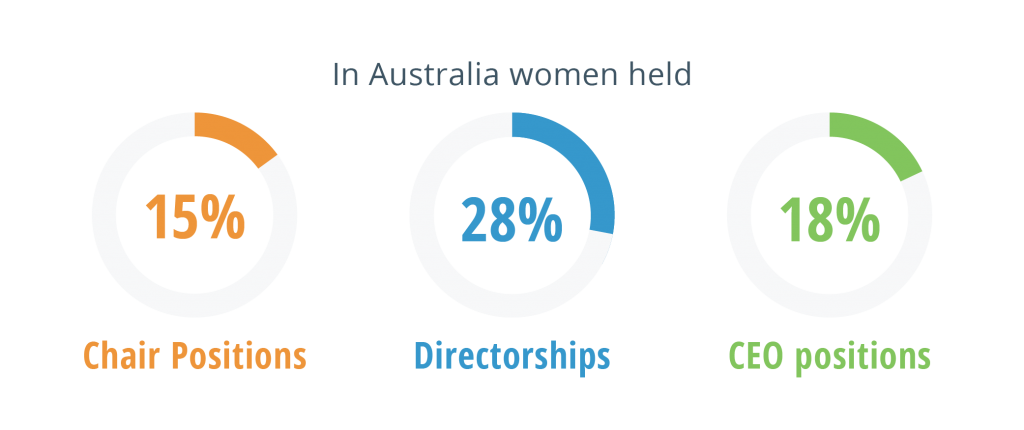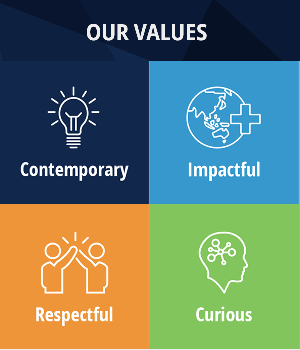Unconscious bias almost always comes into play during the hiring process, and it can get in the way of having a diverse workforce.
So what does unconscious bias look like and how can you avoid it?
CCIWA’s HR expert Marcia Lawrence examines the issue.

What is unconscious bias?
Unconscious bias is where people assign certain attributes to particular groups of society, based on their race, gender, age or other identifying features.
CCIWA Senior Human Resources Consultant Marcia Lawrence says everyone has some level of unconscious bias, which is drawn from their life experiences.
But left unchecked, unconscious bias can lead to managers employing people with characteristics similar to their own.
And as Lawrence explains, this can lead to a “groupthink” mentality.
“If we don’t put strategies in place to mitigate unconscious bias, the major impact we have is a lack of diversity in the workplace,” she says.
“Organisations that have people from similar backgrounds are not necessarily going to have a diverse perspective on things … you get’ groupthink’, which is a barrier to creativity and innovation.
Diversity offers a competitive advantage
Lawrence says not embracing diversity is a risk to an organisation's competitive advantage.
She says there are ways to become more aware of unconscious bias, including online tests, but this is just the first step.
“Just being aware of it is not enough – we have to have strategies in place to try to mitigate and overcome that bias," she adds.
Managing bias in recruitment
When bringing someone new into your organisation, aim to be as objective as possible – so you can get the right person for the job rather than a mirror of yourself.
The following are steps to minimise human bias at each stage of the recruitment process.
Remove gendered language from job advertisements and consider more inclusive ways to phrase job descriptions.
For example, using certain words in a job ad can discourage women from applying and increase the likelihood of more men applying than women.
Businesses that have traditionally struggled to attract a diversity of applicants may wish to try alternate methods, such as "blind recruitment" where companies remove their brand from a job advertisement.
Lawrence says this can help businesses identify factors influencing candidate decisions.
When it comes to sorting out which applicants will progress to an interview, removing any identifying information from CVs can help eliminate bias in the early stages.
You can do this by asking an impartial colleague to remove certain identifying features from CVs, including names and dates of birth.
Once you’ve done that, review the CVs as you normally would.
When conducting interviews, adopting the STAR (situation, task, action, result) method can help you be more objective.
By following this line of questioning, you are asking candidates to provide real-life examples of a situation they faced, what their responsibilities were in that situation, what they did to address it and the result they achieved.
Applying set criteria to each question and rating the answer will help reduce bias in your selection of the most suitable candidate for the job.
Who is carrying out the interview for the new position?
Ensure you carefully consider who should be in the room during an interview.
The best practice is to have two interviewers in order to provide a more objective basis to evaluate each candidate.
It is also important to consider whether the interviewers reflect the diversity of your organisation.
Managing bias in promotion
Workplace Gender Equity Agency statistics show that in 2019-20 women comprised 47 per cent of the Australian workforce, but only 33 per cent of key management personnel.
The data shows women held 15 per cent of chair positions, 28 per cent of directorships and 18 per cent of CEO positions in Australia.
In 2019-20, 30 per cent of boards in Australia had no female directors compared with 0.4 per cent with no male directors.



Addressing the glass ceiling
Lawrence says that women often experience the 'maternal wall', and the 'glass ceiling' - two barriers which may seem insurmountable without organisational support.
“Women often take time out of the workforce due to family responsibilities, and often fail to get considered for promotion because they just aren't visible,” she explains.
“The 'glass ceiling' describes the barriers in accessing senior leadership positions, due to factors such as bias and discrimination.
“Explanations for women to 'lean in' are not enough to improve outcomes in the workplace. In fact, research indicates that women start off with the same aspirations as men, but these start to wane as they experience workplace barriers to progression.”
Creating supportive HR policies
The Workplace Gender Equity Agency recommends implementing supportive HR policies to retain your female talent such as:
- Flexible working arrangements; and
- Organisation-sponsored paid parental leave.
However, studies indicate that these policies also have a similar impact upon men.
Targets and quotas may help, however they are unlikely to succeed if the organisation does not truly recognise the benefits of increasing diversity in the workplace.
Rather, Lawrence says, businesses should become aware of unconscious bias and how that plays out in policies, practices, and procedures.
Organisations can then develop strategies to develop a more inclusive organisational culture where diversity is valued, she says.
CCIWA’s new HR consulting service can help businesses navigate workplace issues including diversity and inclusion.
For general guidance on workplace issues, contact CCIWA's Employee Relations Advice Centre on (08) 9365 7660 or via [email protected].












